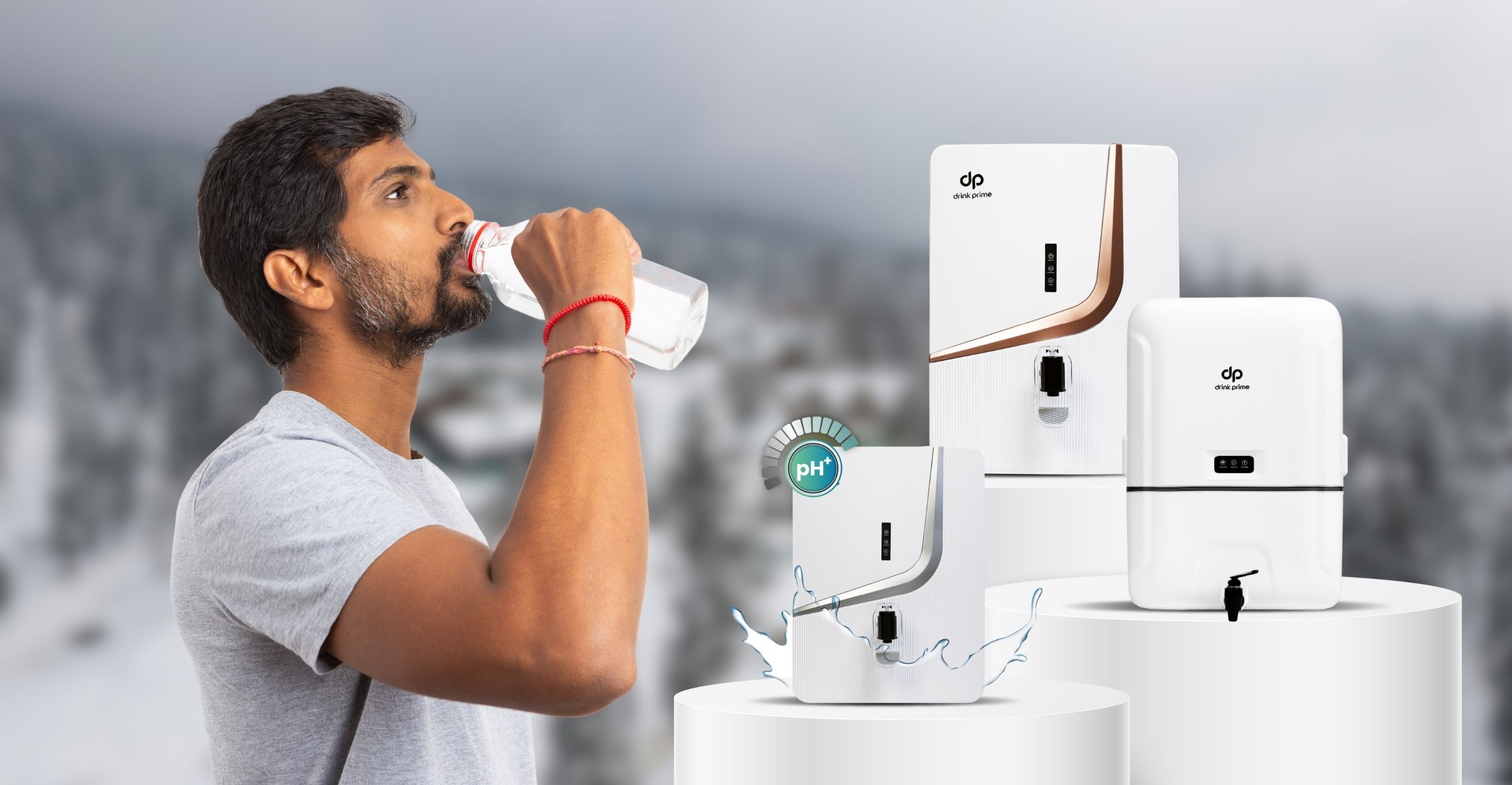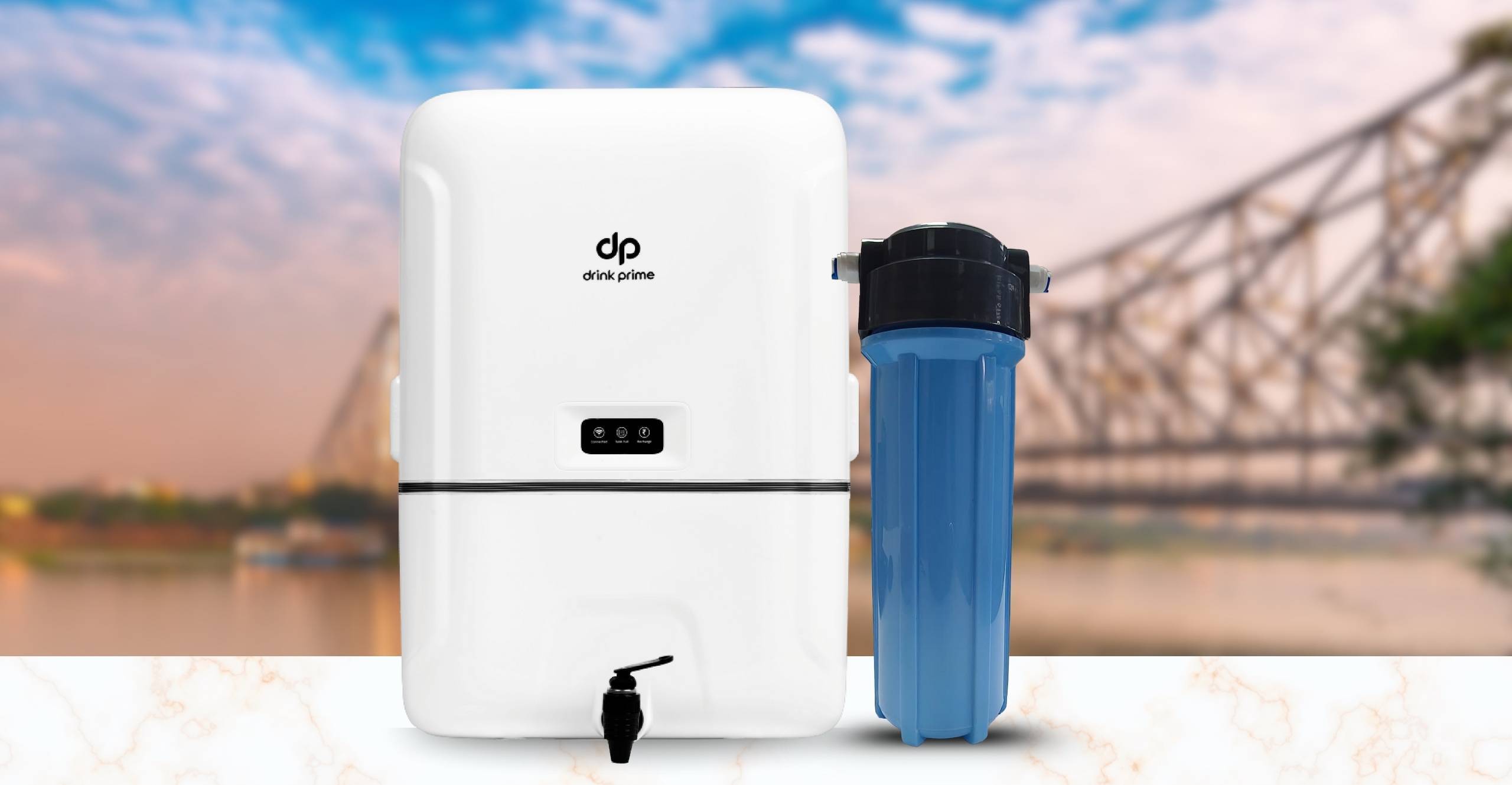Water is a powerful universal solvent that makes it more capable of dissolving molecules from other substances. These dissolving molecules in water are called total dissolved solids (TDS), which completely affect the flavor of water and safety. TDS or total dissolved solids are comprised of minerals, metals, salts, etc. Some dissolved solids are essential minerals that contribute to water’s taste and health benefits. Also, if there is an excess amount of TDS in drinking water, it can effectively lead to unpleasant tastes and several other health issues.
Are you wondering what could be the best TDS for drinking water? In this blog, we will understand the TDS levels in drinking water and what are the common factors that contribute to high TDS in drinking water.
What is TDS?
TDS stands for the concentration of dissolved solids in water and it is usually measured in parts per million or milligrams per liter. Additionally, the sources of TDS can be both anthropogenic (human-made) or natural. Moreover, water that consists of TDS levels below 200 ppm is considered to be of good quality, while TDS levels above 200 ppm are considered undesirable for drinking and may indicate contamination.
Besides, high TDS levels can affect not only the odor and taste of water but also lead to health risks, deterioration of appliances, plumbing issues, and household fittings.
Common Factors Contributing to High TDS in Drinking Water
Agricultural Runoff
Agricultural runoffs like fertilizers and other chemicals that are used in farming can contribute to TDS levels in water sources. Also, these chemicals, like nitrates and phosphates, are soluble in water and get carried away into rivers, lakes, and underground aquifers through agricultural runoff. Whenever it rains, these chemicals can wash into water bodies and raise the TDS levels.
Industrial Effluents and Wastewater
Many industries like mining, textile factories, and other chemical manufacturing plants often discharge wastewater containing high levels of dissolved solids. Also, many industrial effluents contain heavy metals, salts, and other contaminants that dissolve in water and increase the TDS level. In regions near industrial zones, water sources can become polluted by the improper disposal of waste and chemicals, resulting in elevated TDS levels in drinking water.
Urban Runoff and Pollution
In most of the urban areas, pollution and urban runoffs contribute to water pollution in several ways like household waste, construction sites, and roads. Moreover, rainwater carries such pollutants into water bodies, which effectively increases the levels of dissolved solids in drinking water sources. Also, there are other factors like improper disposal of waste and sewage that can contribute to the contamination of groundwater and surface water, which overall leads to high TDS contents.
Contaminated Drinking Water Pipes
Contaminated drinking water pipes such as old water pipes, and leaky and corroded pipes can allow contaminants which include heavy metals, that enter the drinking water supply. Moreover, if pipes are made of materials that completely react with water like iron, lead, or copper, that enters into the water, resulting in rising TDS levels. This specific issue is generally common in older buildings or in regions with aging infrastructure.
Impacts of High TDS in Drinking Water
Odour and Taste of Water
Most of the water with high TDS levels tastes bitter or salty, which can be ultimately unpleasant for consumers, hence maintaining the drinking water TDS limit ensures better quality and taste.
Health Concerns
While most of the minerals are beneficial, sometimes excessive amounts can pose health risks. Additionally, high levels of certain substances like sodium, can generally affect people with high blood pressure or kidney problems.
Plumbing Issues
Also, high TDS levels can cause scale build-ups in pipes, water heaters, and appliances, hence reducing the efficiency and lifespan.
Overview Chart Of Best TDS Level for Drinking Water
| TDS LEVEL | WATER QUALITY |
| 0–200 | Good |
| 201–500 | Fair |
| Above 500 | Bad |
Get 7 Days Risk Free Trial
Conclusion
In summary, understanding the best TDS for drinking water is important for ensuring the taste, safety, and overall quality of the drinking water that you consume every day. Moreover, high TDS levels, whether caused by industrial factors, agricultural runoff, or urban pollution, can significantly impact the water’s taste and odor, pose health risks, and lead to several issues with appliances.
But if you’re looking for some effective and reliable solutions to ensure safe, and pure drinking water then DrinkPrime is your answer. DrinkPrime maintains the best TDS level of drinking water while reducing waste and offering optimal water quality.




